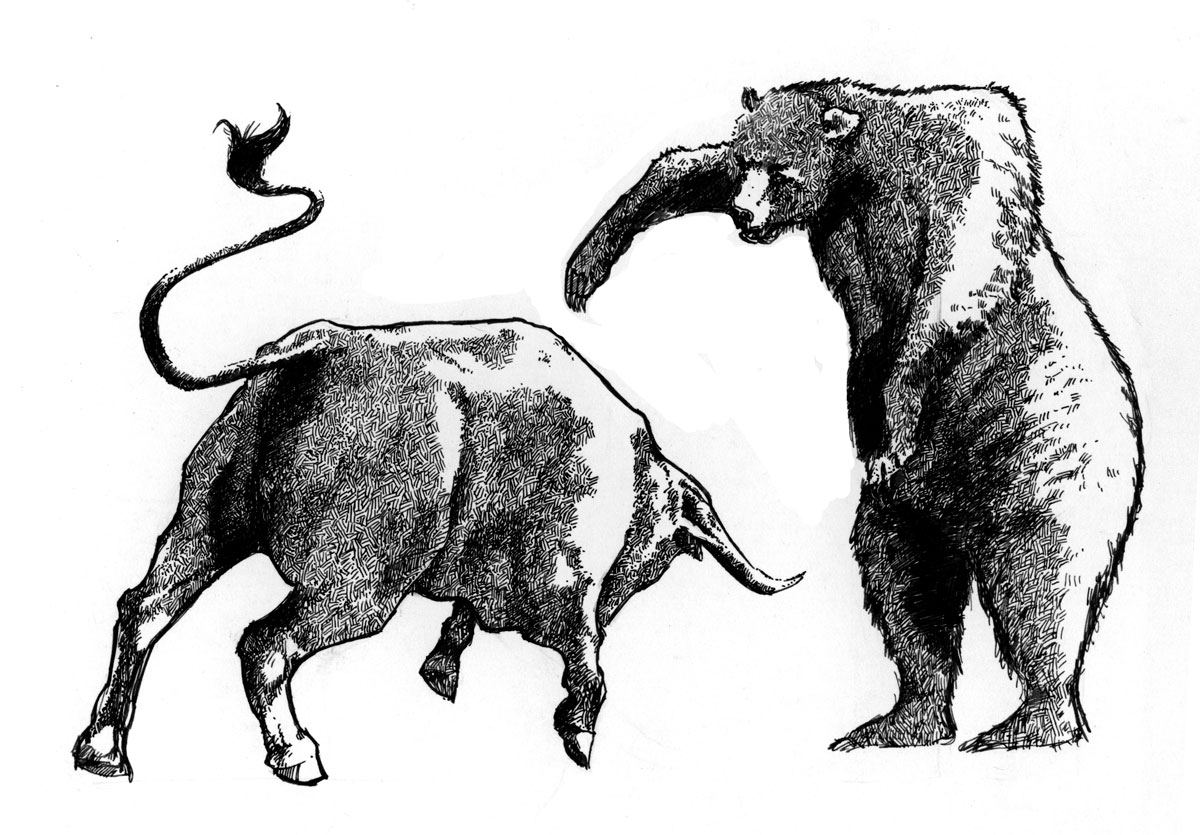Richard Bernstein’s Lessons
1. Income is as important as are capital gains. Because most investors ignore income opportunities, income may be more important than are capital gains.
2. Most stock market indicators have never actually been tested. Most don’t work.
3. Most investors’ time horizons are much too short. Statistics indicate that day trading is largely based on luck.
4. Bull markets are made of risk aversion and undervalued assets. They are not made of cheering and a rush to buy.
5. Diversification doesn’t depend on the number of asset classes in a portfolio. Rather, it depends on the correlations
between the asset classes in a portfolio.
6. Balance sheets are generally more important than are income or cash flow statements.
7. Investors should focus strongly on GAAP accounting, and should pay little attention to “pro forma” or “unaudited” financial
statements.
8. Investors should be providers of scarce capital. Return on capital is typically highest where capital is scarce.
9. Investors should research financial history as much as possible.
10. Leverage gives the illusion of wealth. Saving is wealth.
David Rosenberg’s Lessons
1. In order for an economic forecast to be relevant, it must be combined with a market call. (more…)

 There is an old trader’s saying that “bull markets roll, but bear markets spike.” This comes from the characteristic nature of the price action.
There is an old trader’s saying that “bull markets roll, but bear markets spike.” This comes from the characteristic nature of the price action. “The most important warrior secret of all: Your level of success in the world of financial markets is entirely up to you and has nothing to do with what the markets are doing. There will always be bull markets and bear markets. The occurrence of good or bad luck, if luck exists at all, evens out over time. Great success and the attaining of warrior trader status come about as a result of commitment, a never-ending willingness to learn, steadfast determination, and that rare ingredient, a touch of humility. Throughout the ages, all great warriors have had these same characteristics.”
“The most important warrior secret of all: Your level of success in the world of financial markets is entirely up to you and has nothing to do with what the markets are doing. There will always be bull markets and bear markets. The occurrence of good or bad luck, if luck exists at all, evens out over time. Great success and the attaining of warrior trader status come about as a result of commitment, a never-ending willingness to learn, steadfast determination, and that rare ingredient, a touch of humility. Throughout the ages, all great warriors have had these same characteristics.”

 “Take a chance! All life is a chance. The man who goes the furthest is generally the one who is willing to do and dare. The “sure thing” boat never gets far from shore.”
“Take a chance! All life is a chance. The man who goes the furthest is generally the one who is willing to do and dare. The “sure thing” boat never gets far from shore.”